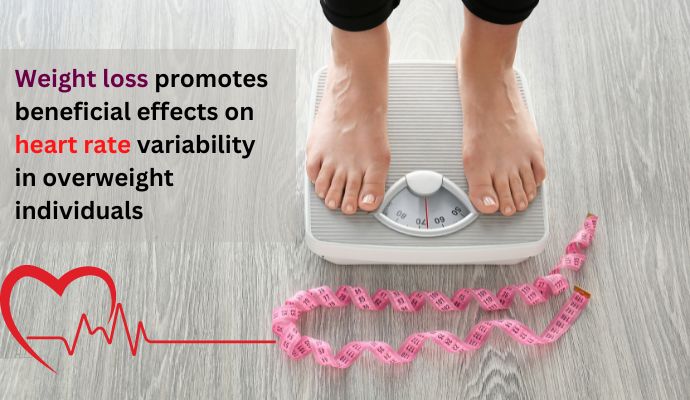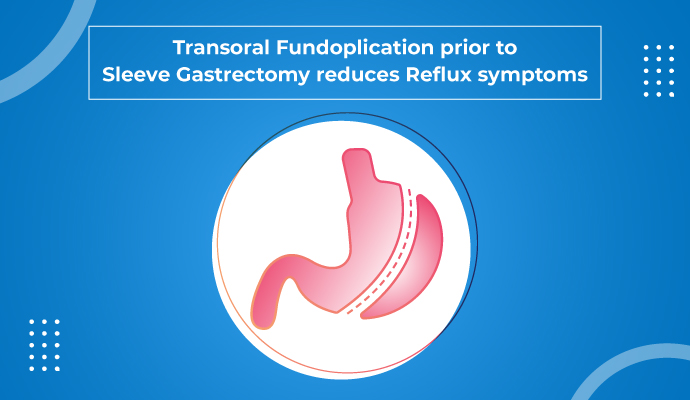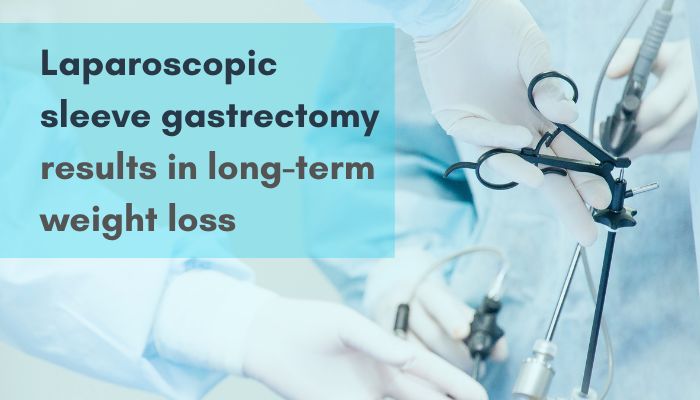
Sleep apnea and how it is associated with Obesity
Sleep apnea refers to a condition in which
58,642 total views, 30 views today
Home » Biliopancreatic Diversion
Obese people who failed to lose weight by methods like diet, exercise, or medications can opt for bariatric surgeries. There are different types of bariatric surgeries, and biliopancreatic diversion with duodenal switch is one of the types. This type of bariatric surgery aids in losing more weight as compared to other bariatric procedures like sleeve gastrectomy or gastric bypass. However, it is a less common procedure due to its associated complications.
Before undergoing the procedure, it is important to understand the process and its associated benefits and complications.Like all other surgeries, BPD/DS also has some risks like:

Sleep apnea refers to a condition in which
58,642 total views, 30 views today

Since the beginning of 20th century, the overall
58,618 total views, 30 views today

New year is the time for new beginnings.
59,322 total views, 30 views today

Weight loss can be tricky business, as it
59,191 total views, 30 views today

According to a recent study, weight loss through
60,090 total views, 30 views today

According to a recent study, preoperative very low
60,090 total views, 30 views today

A recent study conducted on GERD (Gastroesophageal Reflux
60,095 total views, 30 views today

A recent study done to examine the long-term
58,982 total views, 30 views today

Overweight and obesity is a major health concern
29,431 total views, 20 views today

A recent study published in the Journal of
28,619 total views, 20 views today

The findings from a recent study, published in
28,862 total views, 20 views today

The findings of a recent study, published in
29,262 total views, 20 views today